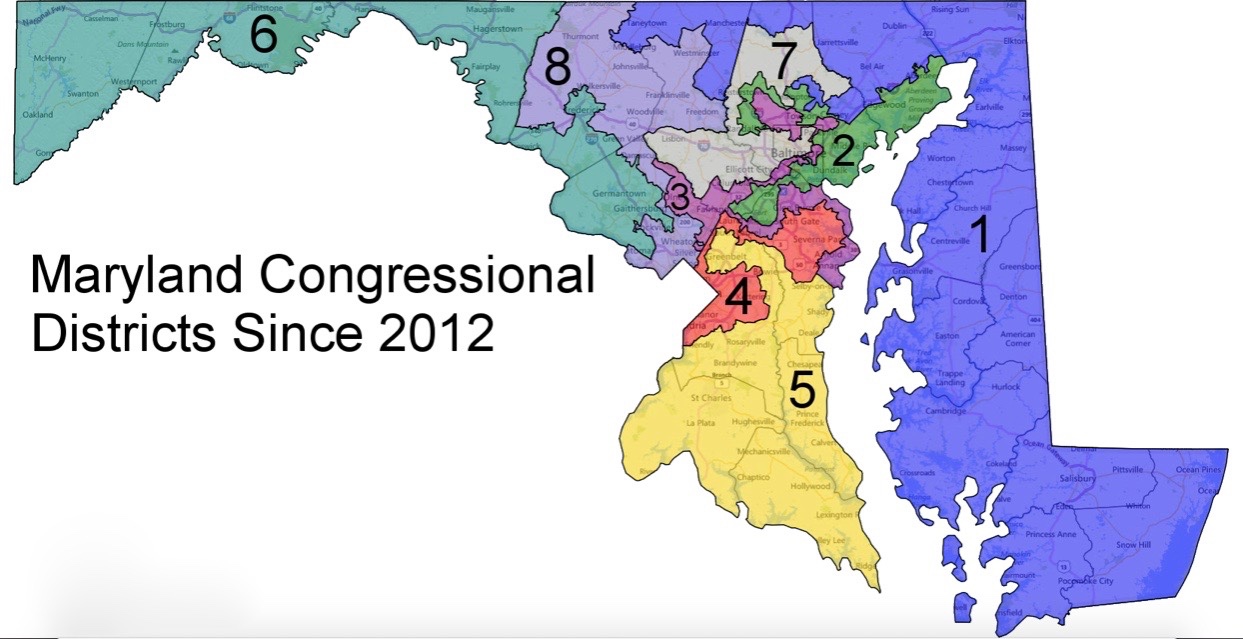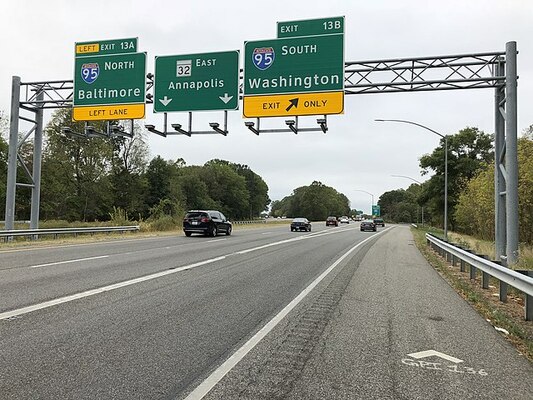"A primary object should be the education of our youth in the science of government. In a republic, what species of knowledge can be equally important?" -George Washington-
As one of the original thirteen colonies, Maryland has been around since America's beginning. Its capital building is the oldest in the nation still in use, and the Old Line state was the seventh to ratify the Constitution on April 28, 1788. Since then, there have been surprisingly few changes in the Maryland legislature.
Nevertheless, many Marylanders are a bit rusty on the goings-on of their state government. Fortunately, Convention of States Action has got it covered! We'll help you navigate some common questions about the Maryland General Assembly.
We're hosting Citizen Action Day on February 2nd in Annapolis. Learn more here and register to join us in person or on a Zoom call, by completing this survey.
What is the difference between the House of Delegates and the Senate?
Just as in the federal government, the Maryland legislature is divided in two to maintain checks and balances.
- The House of Delegates is made up of delegates who represent the individual voting districts of Maryland. Each delegate speaks for a certain number of people, and so the amount of delegates is linked to the population.
- Naturally, the Senate is made up of Senators, who each represent a certain voting district. Each district has one senator regardless of population.
How many legislators are there?
47 senators and 141 delegates add up to a total of 188 legislators.
What is the difference between a legislature and a committee?
The legislature is the official group of legislators who pass laws and resolutions. Committees are much, much smaller, usually with no more than 5 or 10 legislators, who decide whether bills are passed on for an official floor vote. This prevents every single bill from being brought to the floor, otherwise the legislature would be in constant session.
During committee hearings, citizens can come forward and speak either in support of or opposition to legislation. If you wish to voice your support for the COSA resolution, please contact us!
When do elections take place?
Senators and Delegates are elected every four years. The next election will be in 2022.
What's the difference between a precinct and a district?
For the majority of states, a precinct is the smallest electoral division, typically with only one polling place. Political parties will elect precinct teams with captains to represent those districts. These teams will choose which candidates run for the party, as well as overseeing processes come election time.
Currently, many of these seats remain vacant, causing a large amount of decision-making authority to fall on a select few.
Voting districts are much bigger than precincts, and are represented directly by state legislators. A map of Maryland's voting districts can be found here. (Please give a few seconds for loading time).
How do I contact my legislator?
Click here and tell them you support the Convention of States resolution in Maryland!
What is the difference between a resolution and a law?
- A law is a bill that, once approved by committee and brought to the floor, is passed by both houses and signed by the governor.
- A resolution need only be approved in committee and passed by the House and Senate, such as the COSA resolution. The governor can support the resolution and even sign it, but he has no say in its final passage.
How often does the Maryland legislature meet?
The Maryland legislature meets for 90 days each January, and is already in session for 2022. The Convention of States Action Maryland team will present our resolution in both houses very soon.
What is redistricting/gerrymandering?
Redistricting is when the voting districts are redrawn if the population of said districts have changed. Gerrymandering is when the committee that draws the maps purposefully skews the lines to favor one political party.
Maryland is one of the most gerrymandered states in the union, and many citizens have joined the COSA movement because they're frustrated by unelected bureaucrats drawing their representation away.

Who draws the voting districts?
As mentioned above, unelected bureaucrats selected by the Maryland legislature. Recently, there were two committees tasked with redrawing the districts. One was backed by the governor that attempted to undo some of the gerrymandering in Maryland. The attempt was defeated by the establishment committee, whose map retained the skewed lines.
How do we pass an Article V resolution in the Maryland legislature?
The COSA resolution must be sponsored by at least one legislator in both the House of Delegates and Senate. It must then be approved by committee and go the floor for a vote in each house. A 51% majority in both is all that's needed for Maryland to call for a Convention of States.
Legislators will not know to support Convention of States Action unless they receive emails, phone calls, and especially handwritten letters and testimony from their constituents. You can help with that process by going here.
For more information on the COSA process, click here.
If you have any other questions about the Article V resolution and Maryland's General Assembly, COS Maryland holds an all-team meeting the first Monday of every month, and you are welcome to join us and participate in self-governance.






